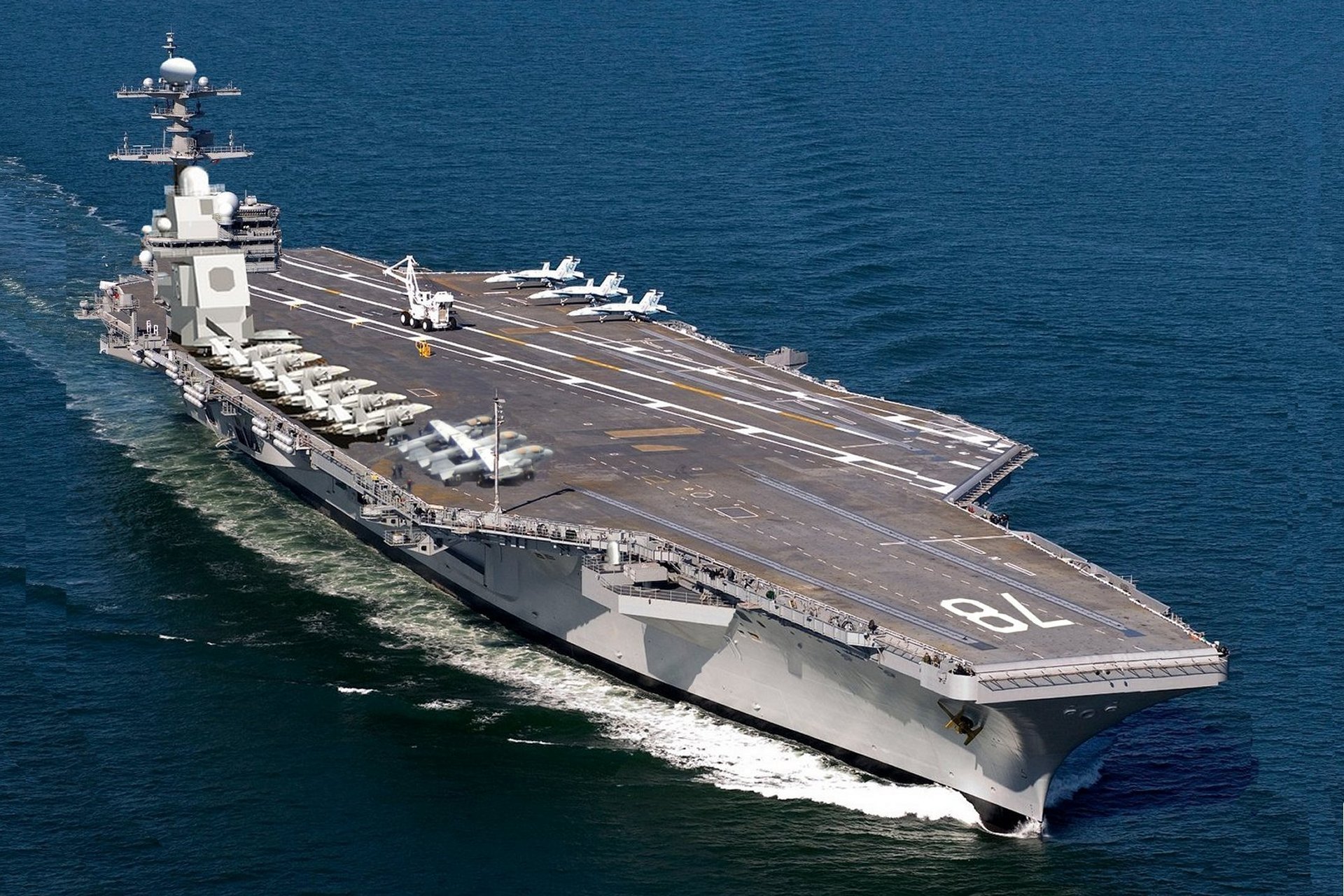Posted on 03/12/2015 11:35:30 AM PDT by C19fan
I came across that first quote two weeks ago when I was reading “Makers Of Modern Strategy From Machiavelli To The Nuclear Age.” It immediately rang a bell.
So do these Chinese and Iranian students run home and try to destroy the US, or do they try hard to just stay here enjoying living in the US?
Greek fire works well against Moslems.
Not really. They try hard to stay. Iranian students love it in the US. No religious police.
China is more capitalist than the US so Chinese students don’t mind going home. They are very proud of the progress in China, as they should be.
By 1945, Kamikazes were the greatest threat to US carriers, which were then defended by a ring of much less expensive destroyer picket ships.
The result was, though sometimes damaged, none of the big Essex class carriers were sunk.
That concept remains today in the Carrier Strike Group:
WWII era destroyer picket ship:
Today's carrier strike groups, in review:


And let us not forget the US Marines' capabilities of dealing with Pacific islands, real or artificial:
Just to keep things “apples for apples” the cost of a ww2 CV and it’s air group are a fraction of what they cost today. Lose 1 CVN and that’s a very significant loss, and 1 that won’t be made good for many years.
What we need to do is disperse our aviation assets on multiple, lower cost platforms mounting unmanned aircraft.
Actually, no.
The new Essex class carriers in 1942 cost circa $80 million which, in today's money, can be calculated (depending on methodology) as anywhere from one to eight billion dollars.
That's roughly the cost of today's Nimitz class carriers, maybe 20% less than the new Fords, ten of which planned for completion over the next circa 25 years.
The difference, of course, is that in 1942 the US was ramping up to spend about 40% of our GDP on defense, whereas today that number is more like 3%.
40% of GDP can buy dozens of carriers with over 1,000 major combat ships.
3% of GDP buys... not so much.
Reference?
Sorry, here it is.
It says the Essex class carriers cost $68 to $78 million in 1942, which was supposedly equal to $1 billion today.
However, today's economy & money are vastly different from 1942, and a more accurate evaluation can be found here.
It shows several different methods for calculating today's worth, but I think only the largest number ($8 billion) really measures the relative economic impact of building such ships.
For Nimitz class carriers, the price is listed here as $4.5 billion.
For the new Ford class, the price is listed here as $10.4 billion.
Therefore, I argue that today's carriers are roughly the same economic burden as were the big Essex class of WWII.
Again: the big difference is not so much the unit cost, but the fact that compared to 40% of GDP in WWII, today's defense budget is closer to 3%, for actual military spending, as opposed to related expenses like intelligence.
Essex class:
Ford class:
By the way, I should mention than military spending as a percent of gdp can be calculated any number of ways, and different methods produce different results.
So, some results for today's & projected spending approach 5%, which in overall terms sounds like a lot.
True spending of 5%, in today's world represents every general & admiral's wet dream for the future.
It would definitely solve many excruciating choices they have to make as things now stand.
But the real number, I've argued, is closer to 3%, and that can be verified here.
The International Institute for Strategic Studies puts US military spending at 3%.
The Stockholm International Peace Research Institute puts US military spending at 3.5%.
I think the 3% estimate is closer to reality, especially because it uses the same methodology as used for historical numbers such as those in WWII, Korea, Vietnam, etc.
The USA is basically an island nation, a huge one but with no real land threat. A serious argument could be made that the USA doesn’t need much of an Army at all. All defense spending should be on the Navy and the Marines. The Navy could take over the Air Forces functions also.
And indeed, that was exactly US strategy in the years before, say, 1940.
Presidents like the two Roosevelts loved the Navy, and did what they could to support it, even at the expense of Army men & equipment.
One result was that while the Navy was fighting & winning great battles in 1942, the Army was still struggling to figure itself out well into 1943.
My Dad's WWII division, for example, spent years in training for Pacific beach landings before their trials by fire in 1944 & '45.
As a result, Army strength has been maintained at much higher levels... until quite recently.
Still, Army and Air Force combined are budgeted double that of Navy & Marines, perhaps reflecting requirements of the War on Terror.
However, I also note that of the top 15 military development programs listed here, only one relates directly to the Army.
Historical military spending to gdp (lower blue line), since Korea:
“Thirdly, everyone seems to forget: The Price of a Nuclear Aircraft Carrier is Total War. Nukes and all.
And, who wants to go there against the USA? “
Who is the President?
This topic was posted , thanks again C19fan.
Disclaimer: Opinions posted on Free Republic are those of the individual posters and do not necessarily represent the opinion of Free Republic or its management. All materials posted herein are protected by copyright law and the exemption for fair use of copyrighted works.